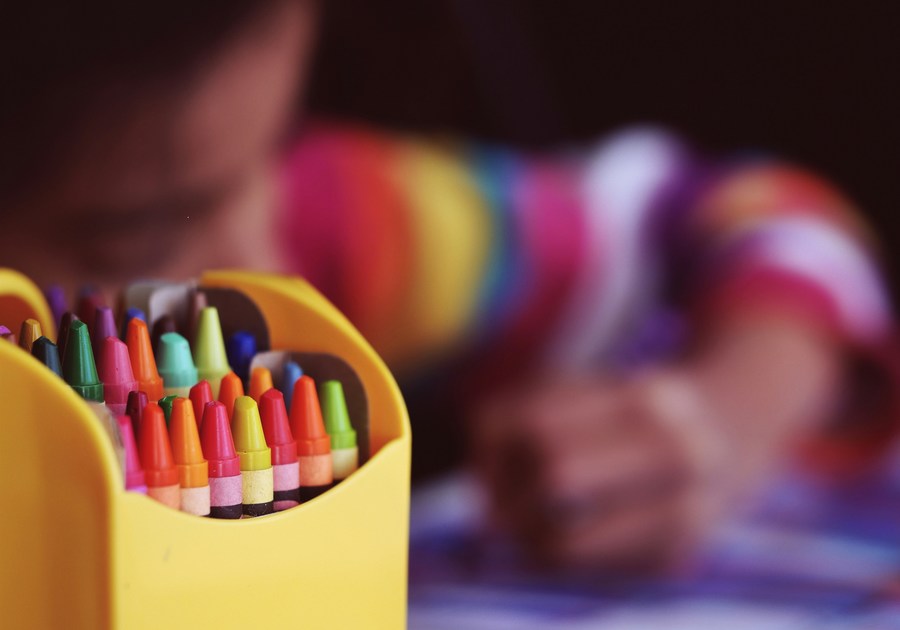Transitioning to a new routine can be challenging for everyone, particularly younger children and students with developmental disabilities.
Here are seven proactive steps you can take to ease your child into the school routine and prepare them for the classroom's structure and expectations.

Prepare Your Child's Support Network
- If possible, arrange meetings with your child's teachers and therapists before school commences.
- Review the IEP or 504 plan together to ensure that all necessary accommodations are in place. Create a 'Get To Know Me' document introducing your child to their teachers and specialists. Include details about their interests, strengths, challenges, and effective behavior interventions.
- Provide tips on how to motivate them and outline the skills you're focusing on at home. Consider adding basic information and resources related to your child's disability.
Shop for Back-to-School Clothes
- If your child's school requires uniforms, try them on in advance to address any sensory concerns before school starts.
- Let your child choose some back-to-school clothes to minimize morning conflicts.
- If buying new shoes, have them wear them for a few days beforehand to break them in. Practice
Transportation Procedures
- Ensure your child understands how they'll travel to and from school (walking, car, or bus), and where they'll be dropped off and picked up.
- Help them memorize their bus number and attach it to their backpack.
- Consider writing it on their hand during the first week.
- The morning before school begins, simulate your daily routine: dressing, having breakfast, preparing backpacks, and leaving for the bus stop or car on time.

Prepare for Personal Space and Social Skills
- Discuss and demonstrate the importance of personal space and appropriate touch.
- Use a small hula hoop to visually represent personal space: place one around your child and another around yourself, then stand face-to-face to illustrate a comfortable distance.
Practice Lunchtime Procedures
- Review the monthly lunch menu with your child in advance, helping them make informed choices.
- Use a plastic tray to simulate the lunch line experience at home: have your child practice selecting items and placing them on the tray.
- Ensure your child knows their student number for checking out at lunch; post it prominently at home for daily review.
- Practice opening lunch items, such as milk cartons, to promote independence during mealtime.
- Explain food-sharing etiquette and allergy awareness to your child.
- Provide visual guides on what to discard and what to keep in their lunch box, if necessary.
Walk Through the School Day
- Obtain and review your child's schedule together; consider creating a picture version for their backpack or desk.
- Familiarize your child with school bells by simulating the sound at home with your phone.
- Attend open house or arrange a tour of the school to help your child acclimate to their classroom, desk location, bathroom stops, and special areas like the cafeteria and playground.
- Document the visit with photos to create a social story about the school day. Promote Hygiene
Promote Hygiene Practices
- Review proper handwashing techniques, avoiding face touching, and sneezing into elbows.
- Demonstrate how to blow their nose and dispose of tissues properly.
- Emphasize the importance of not sharing food or drinks to prevent the spread of germs.
By taking these steps beforehand, you can help ease your child's transition back to school and ensure a smoother experience for both of you.
Wishing you a successful, healthy, and enjoyable school year ahead!



